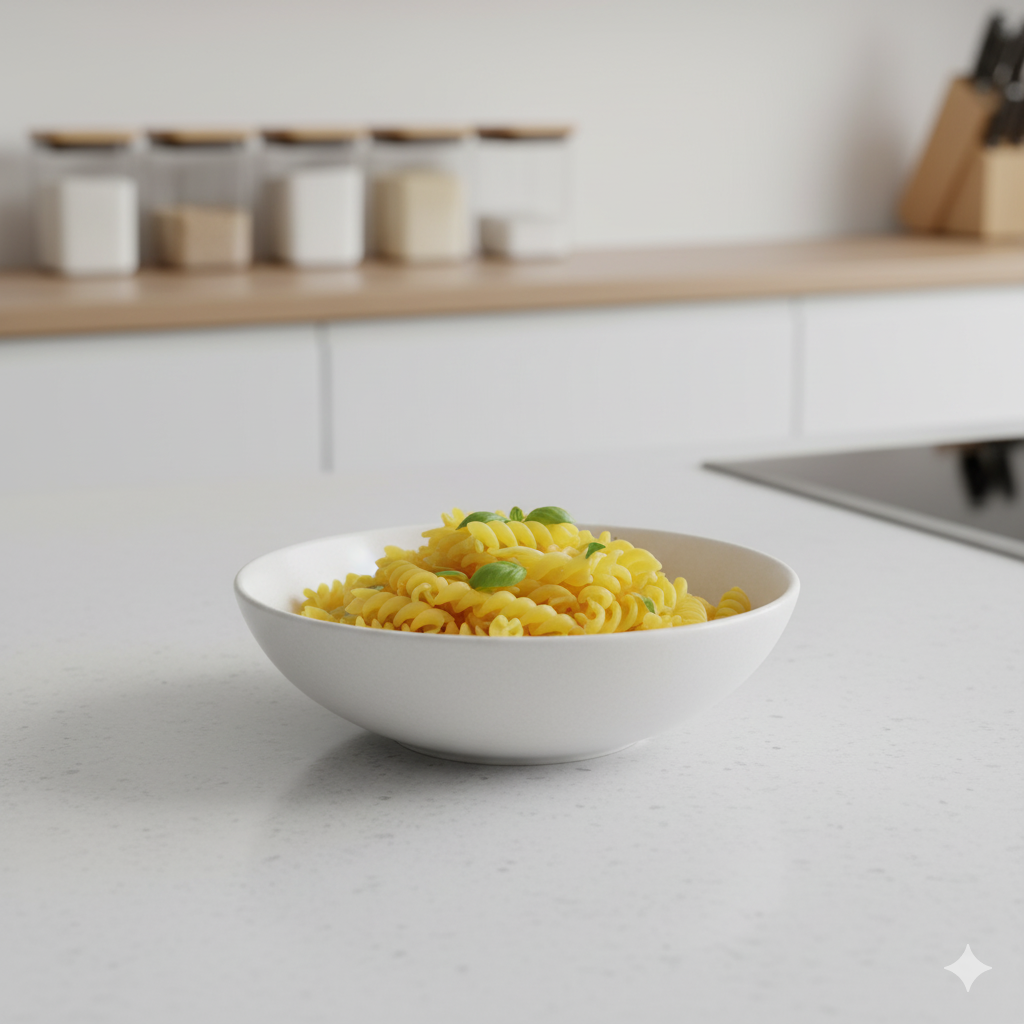The ubiquity of gluten-free pasta is a mystery worth investigating. It’s not just a product; it’s a profound sociological statement. Furthermore, the true measure of a luxury trend is not its necessity, but its adoption rate among the social elite. Consequently, the move from celiac necessity to lifestyle choice represents a Tipping Point that reveals far more about wealth and status than about digestion. Your choice of gluten-free pasta has become a powerful, if subtle, signal of your investment in self-optimization.
Moreover, the price premium associated with high-quality gluten-free pasta functions as a hidden barrier to entry. This cost, coupled with the perceived virtue of self-restriction, transforms the choice into a form of conspicuous abstinence. Research on conspicuous consumption highlights how high prices are often associated with perceived, non-material value, like health or moral superiority.
The Mattering Index: When a Dietary Choice Goes Viral
Why did this trend move so rapidly from the clinical fringes to the centerpiece of affluent dining? It was driven by a small group of Connectors and Mavens—the doctors, chefs, and influential socialites whose choices serve as a cultural blueprint. Furthermore, once adopted by this critical mass, gluten-free pasta crossed the threshold into the Law of the Few. The social pressure to participate in “optimal living” became overwhelming.
The narrative shifted. It was no longer about a medical necessity for a small percentage of the population; it was about proactive wellness for everyone. Consequently, the adoption of gluten-free pasta became a low-risk, high-reward way to signal your participation in the highest tier of self-care. It’s a simple trade-off: a slight texture variation for an immediate social upgrade.
The Rice vs. Corn Arbitrage in Gluten-Free Pasta
Within the world of gluten-free pasta, there is a subtle hierarchy. The cheapest is often rice-based; it’s the commodity market of the category. However, the most desirable is a blend, often using corn or quinoa, meticulously engineered to mimic the al dente bite of wheat. Furthermore, the consumer is not just paying for the lack of gluten; they are paying for the technological solution to the texture problem. The investment is in engineering, not ingredient cost.
The Halo Effect: The Virtue of Self-Restriction
When you offer gluten-free pasta at a dinner party, you are signaling empathy and vigilance. You are saying: “I have anticipated your needs, and I am fluent in the complex dietary landscape.” Moreover, this act of curation wraps the host in a halo of virtue. This is a powerful, non-monetary currency within the social elite. Read our guide to mastering the invisible logistics of the modern dinner party.
The Psychology of Affluent Avoidance: The Exclusion Principle
Affluent consumers often define their choices by what they exclude, rather than what they consume. Furthermore, avoiding gluten, dairy, or sugar is a way of distancing oneself from the common diet. It suggests an advanced, almost clinical understanding of one’s body. This is not avoidance; it is self-optimization through exclusion.
The choice of gluten-free pasta allows the consumer to participate in a beloved cultural ritual—the Italian meal—while simultaneously maintaining a high-status dietary boundary. Consequently, they get the social connection without the perceived “cost” of the common ingredient. It’s an effective piece of social arbitrage. Academic studies on consumer behavior support the idea that difficulty and cost increase the perceived value of a food choice.
The Cost of Comfort: The Texture Trade-Off
For decades, gluten-free pasta carried a stigma: poor texture, fast breakdown, and a flavor of dry cardboard. Today’s premium brands have largely solved this issue through high-tech extrusion and ingredient blends. Moreover, the willingness of the early adopter to tolerate the texture trade-off was a necessary hurdle. Those who complained about texture were simply not committed to the signal.
Conclusion: The Undeniable Moral of the Story
The story of gluten-free pasta is not about wheat protein. It’s a perfect Gladwellian narrative about how a small change—the removal of an ingredient—can cascade through a population, driven by social pressures and the desire for status. Furthermore, the choice is now mandatory for those who wish to signal peak affluence and health consciousness at the dinner table. It’s a tax you pay to remain in the inner circle.
The shift to gluten-free pasta proves that the consumer market is driven not by biology, but by the relentless pursuit of social advantage. Your plate is your profile. Choose wisely. These are the nuances our exclusive readership demands.
Is your brand positioned at the apex of this behavioral trend? If your product is part of the “optimal living” portfolio, it belongs here. Click here to inquire about our bespoke advertising partnerships and align with the most discerning consumers in the market.
The New Table Manners: The Gluten-Free Checklist
- The Blend: Always opt for corn/quinoa blends for superior texture.
- The Source: Demand traceability and high-quality production to justify the premium.
- The Signal: Use it to communicate effortless vigilance, not medical necessity.
The phenomenon of gluten-free pasta is a testament to the powerful, invisible currents that dictate modern luxury consumption. Understand the current, and you control the tide.
Related Articles You Can’t Afford to Miss:
- Pasta Types: How to Spot a Culinary Tourist by Their Noodle Choice
- Hamptons Business Dining: Where the Billion Dollar Deals Happen.







